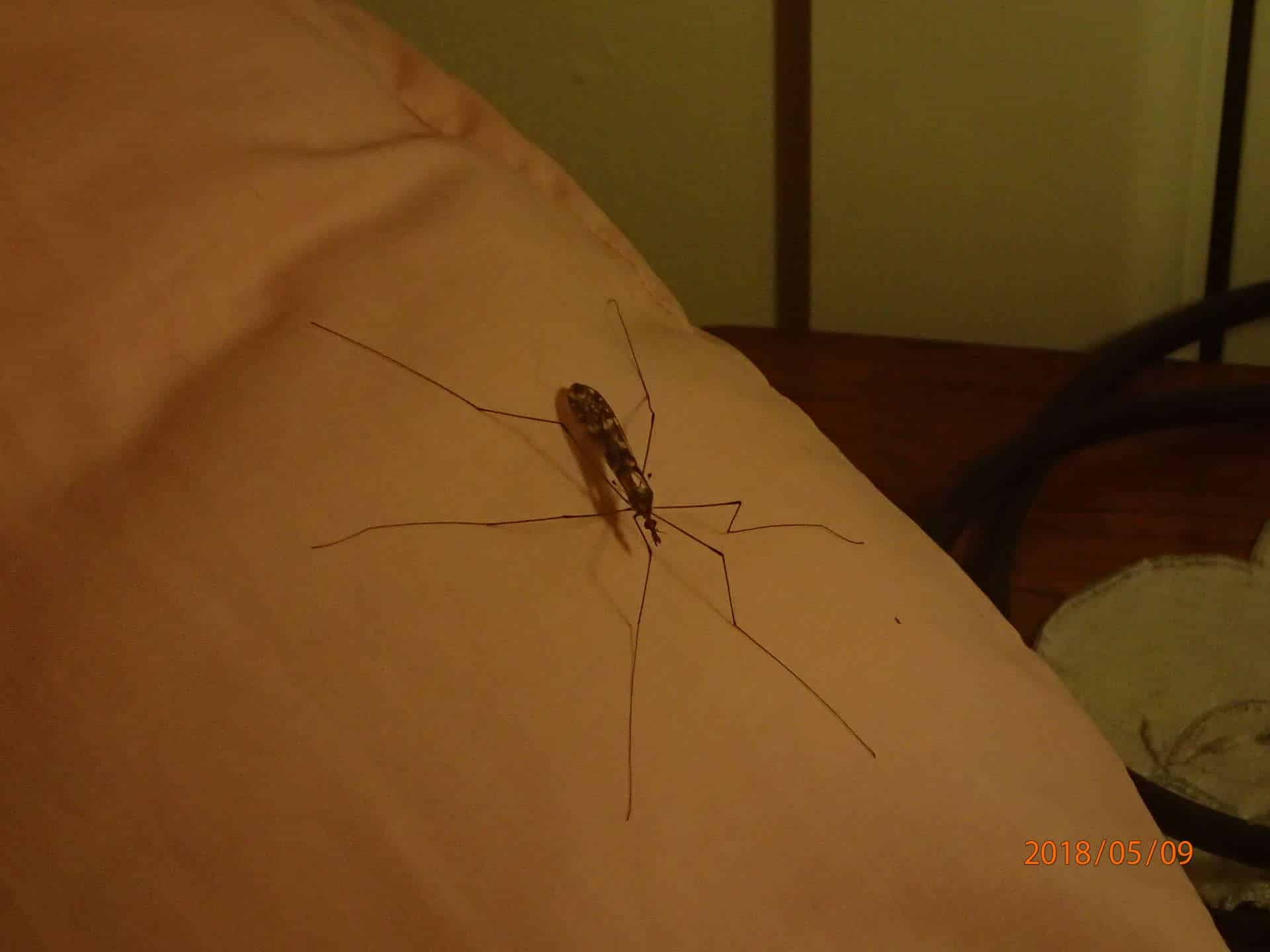The female depending on the species, will lay her eggs in dry soil, on the surface of water or some just drop them whilst flying. The larvae look like brown caterpillars and live in both dry and wet habitats.
The eggs are usually black in colour.
The lifespans of the adults is 10-15 days. Most of their life is spent as larvae.

